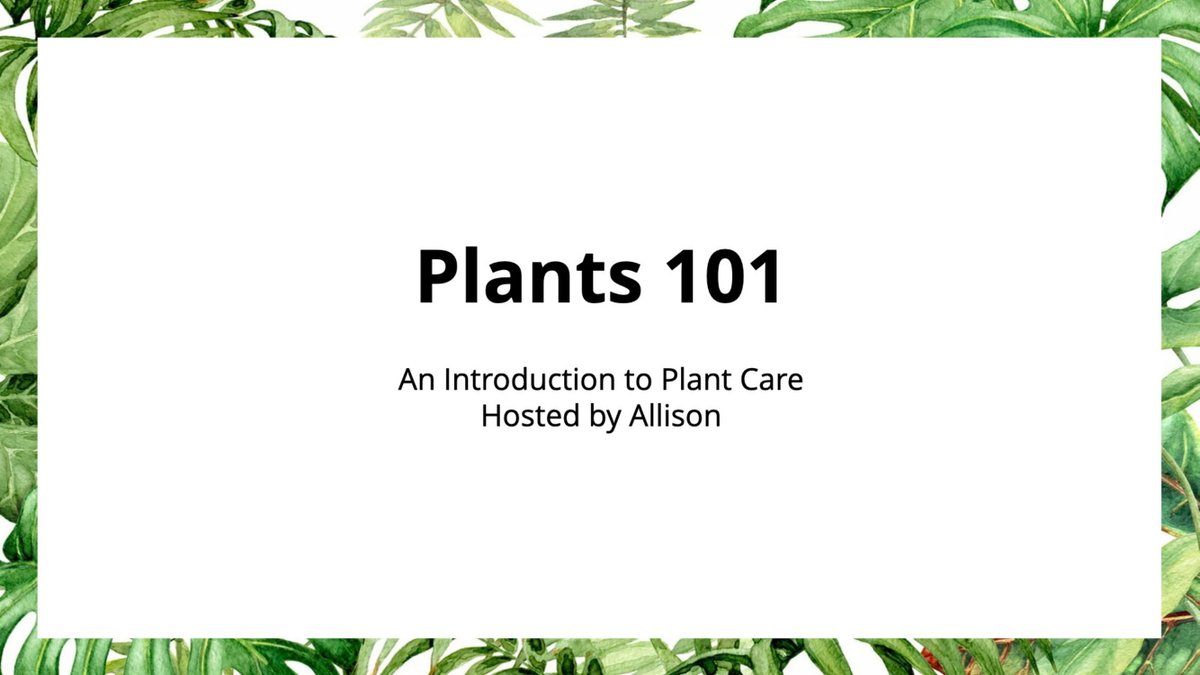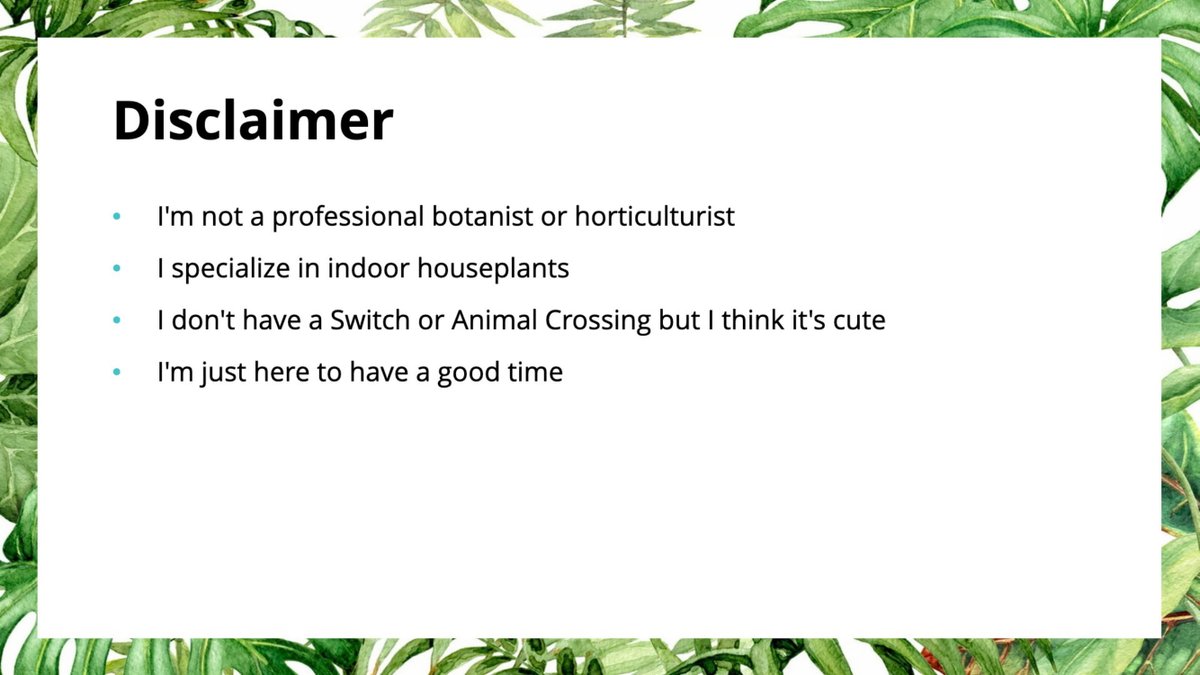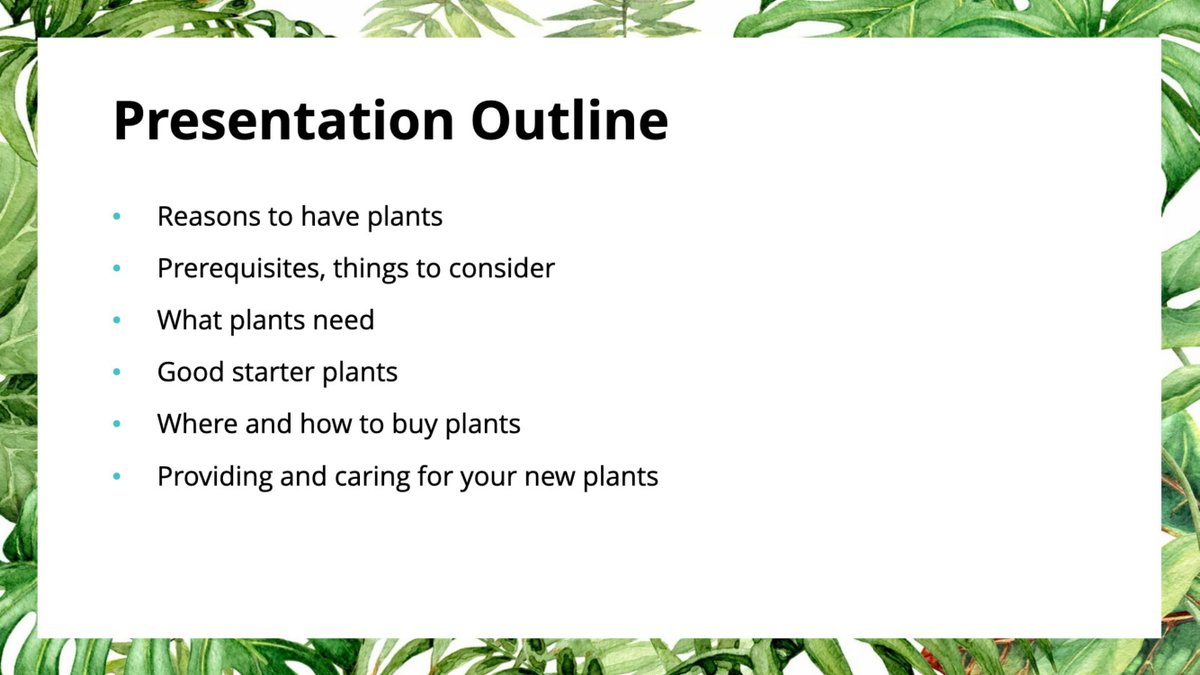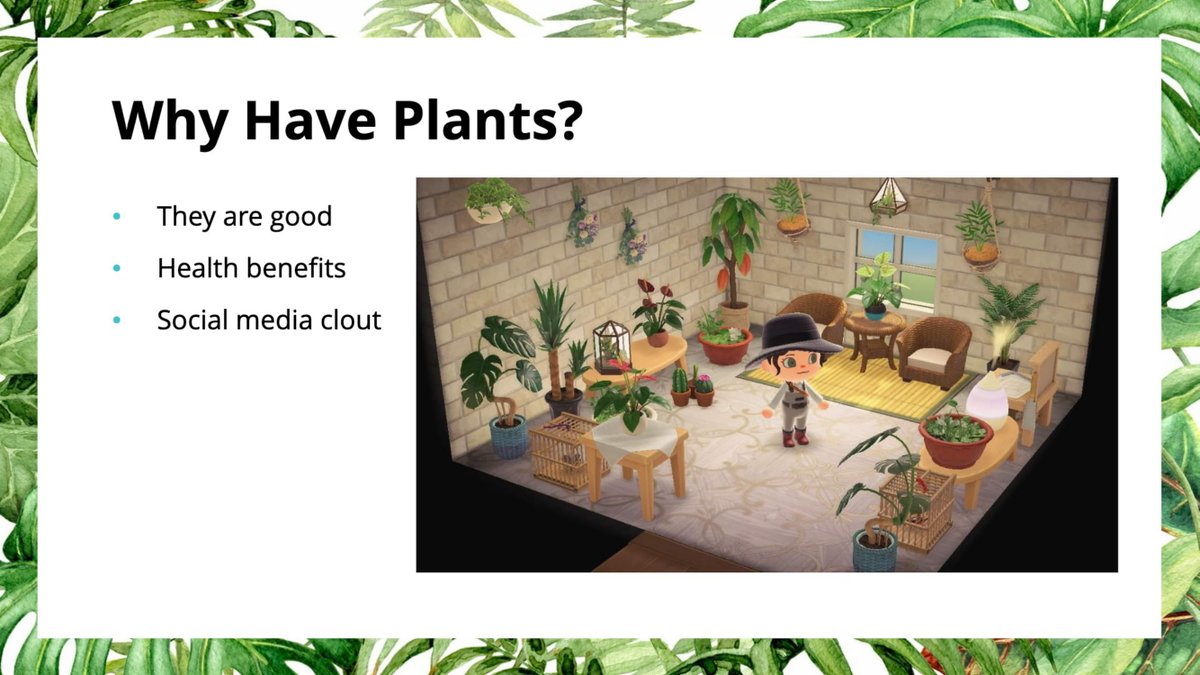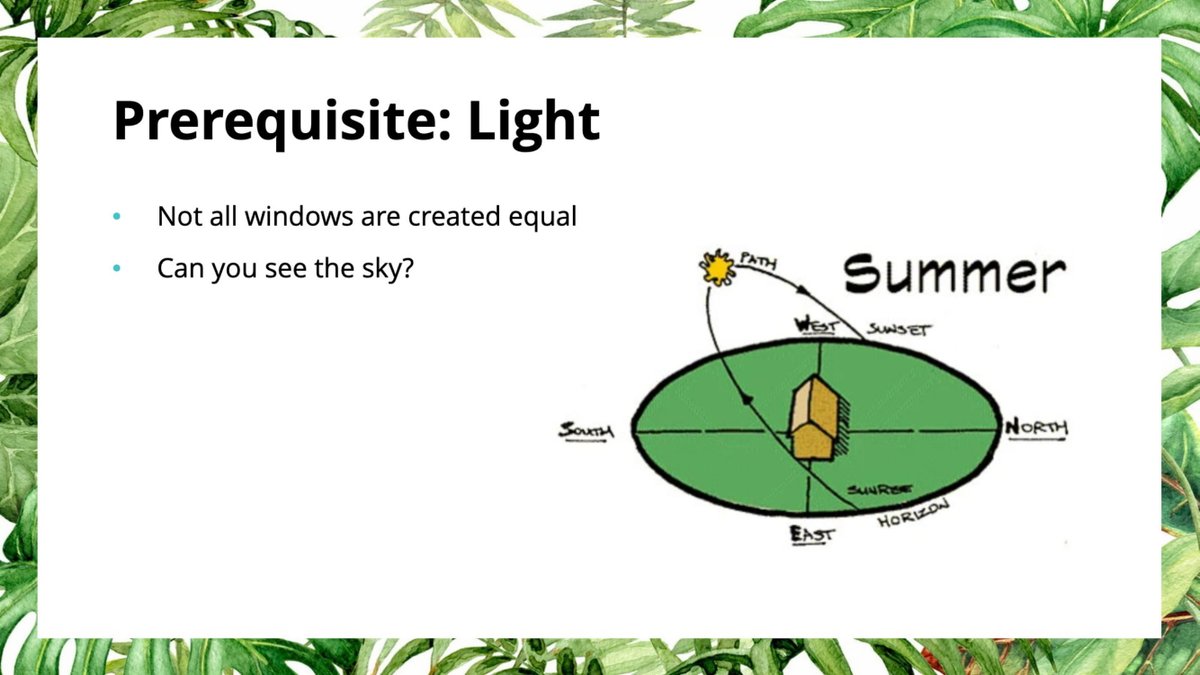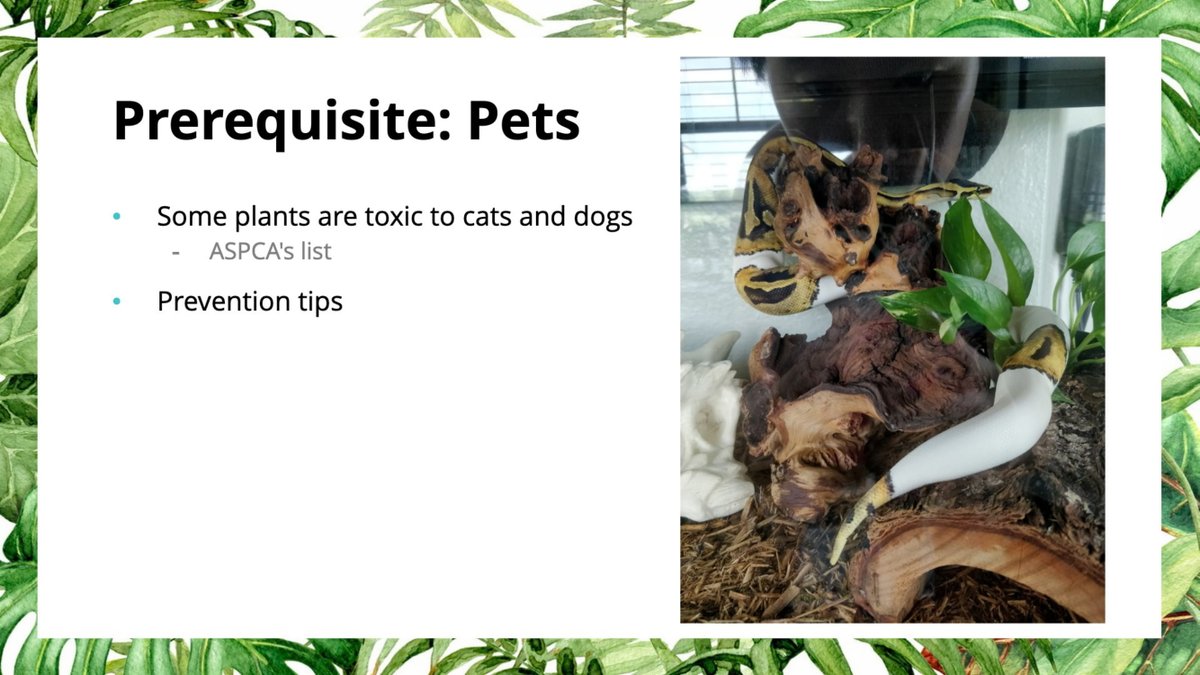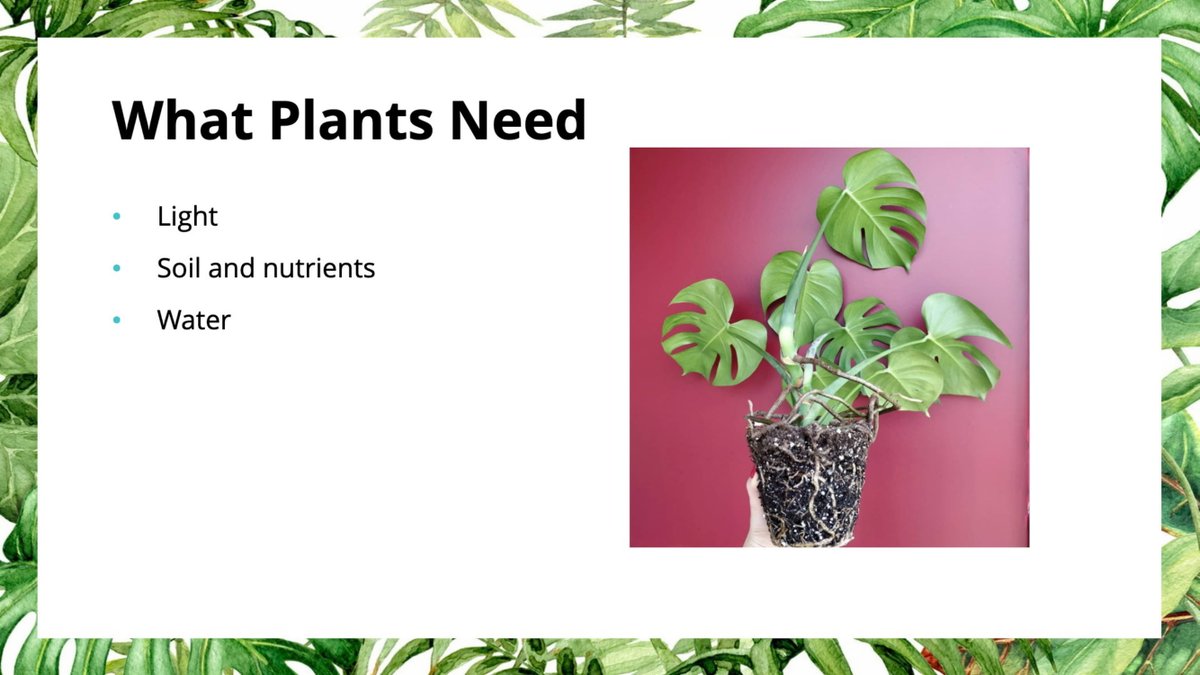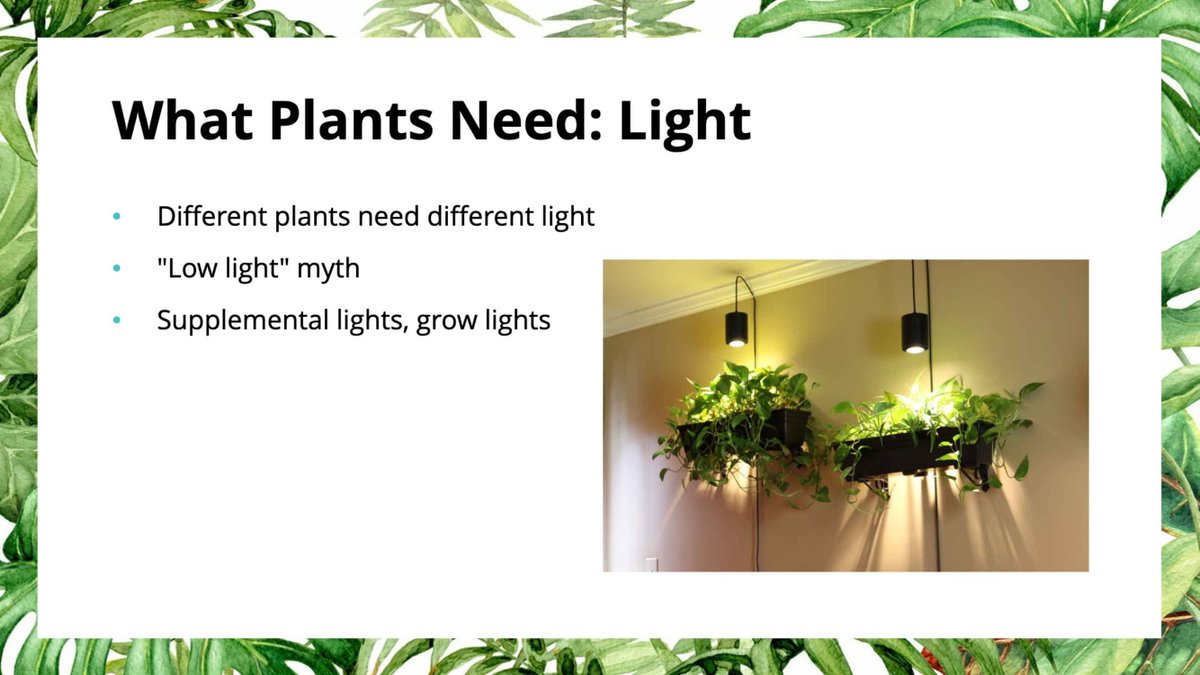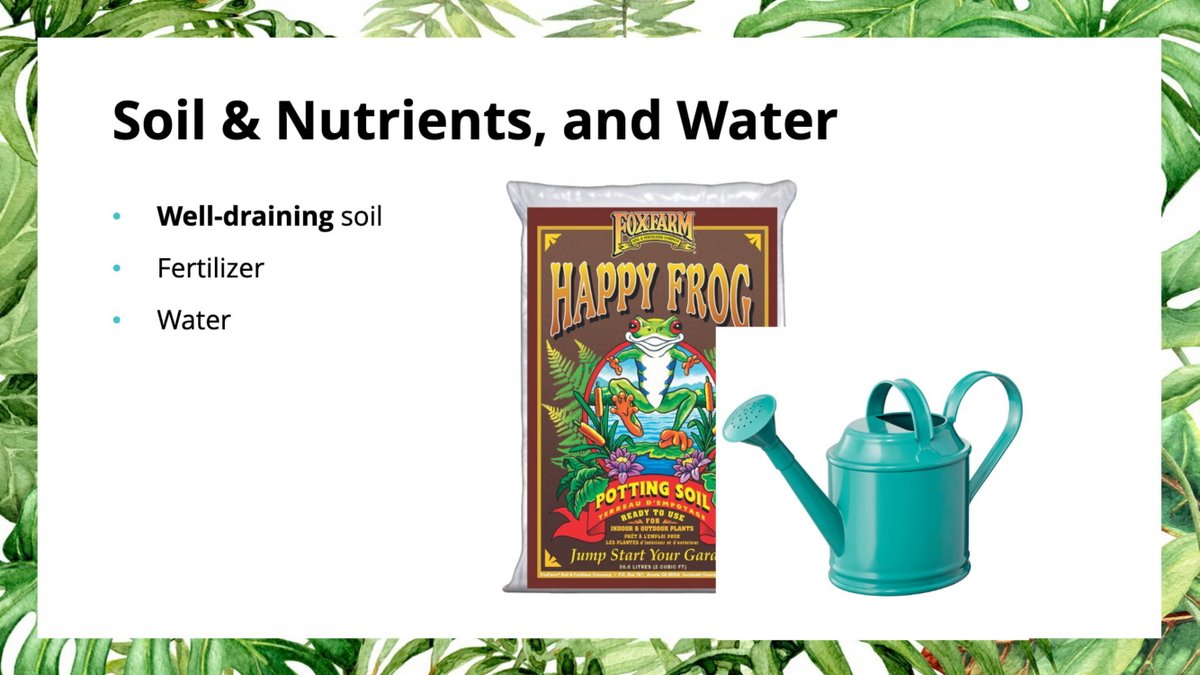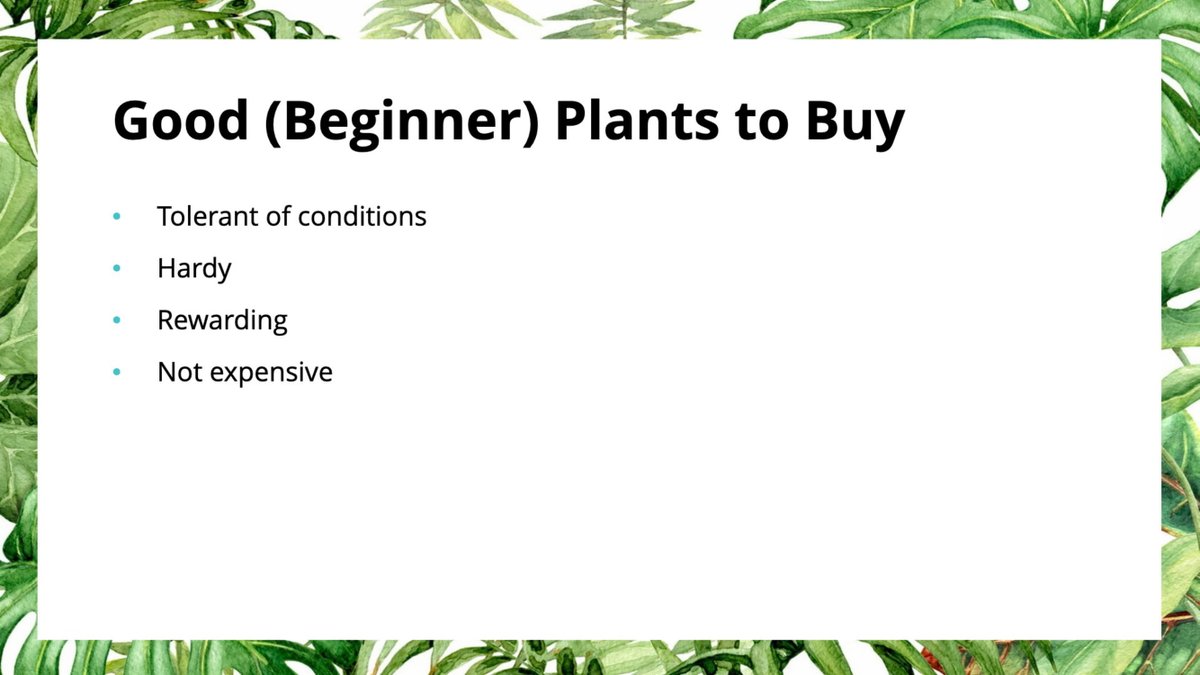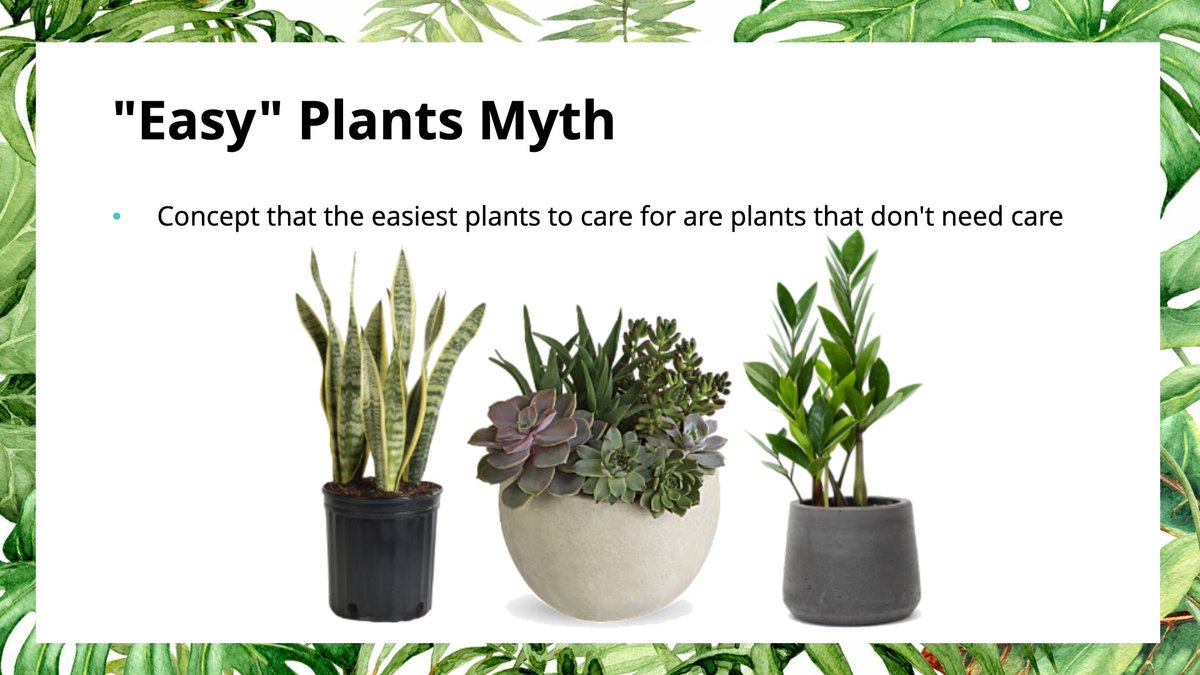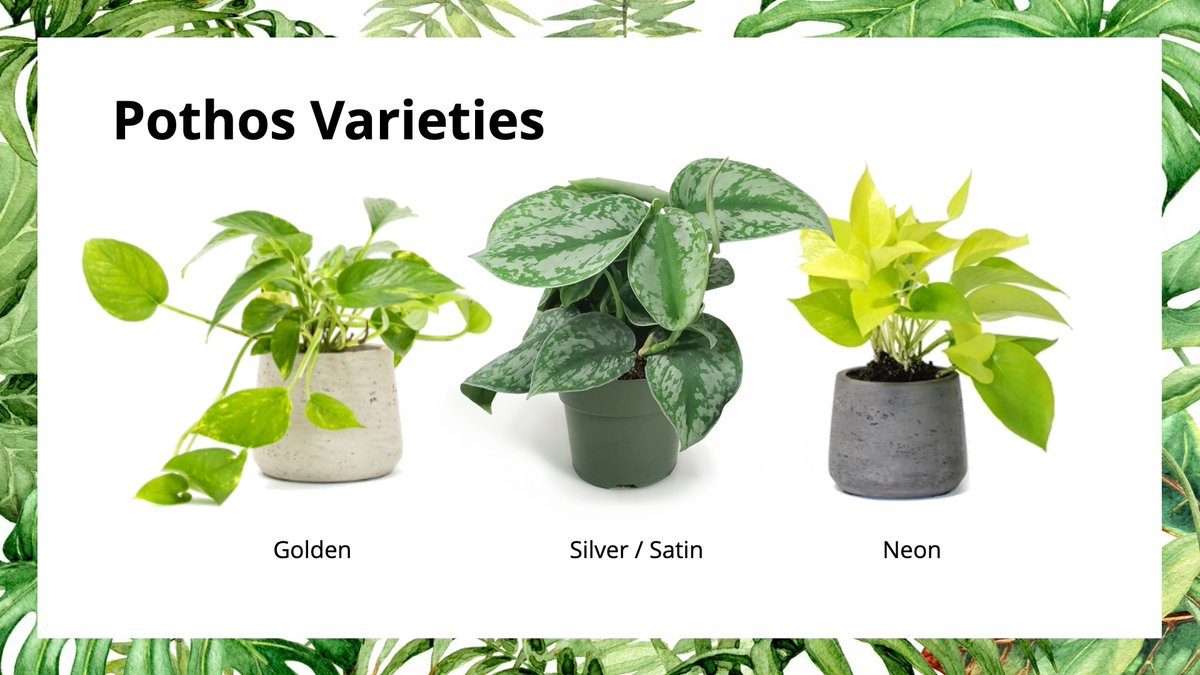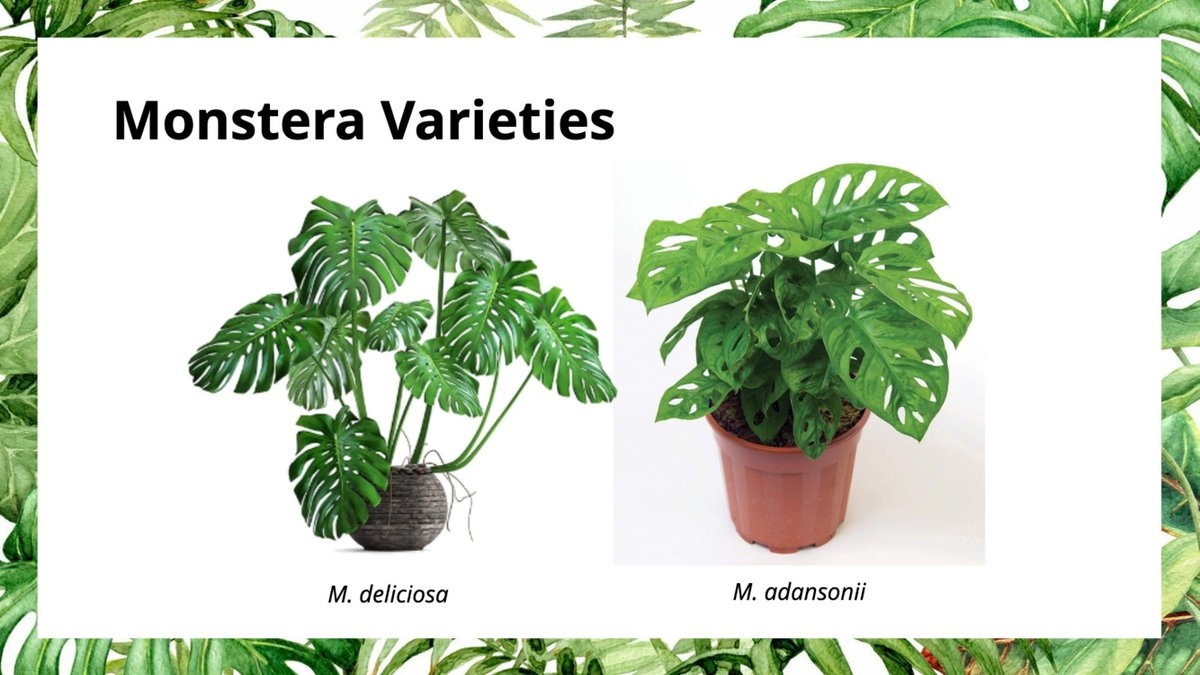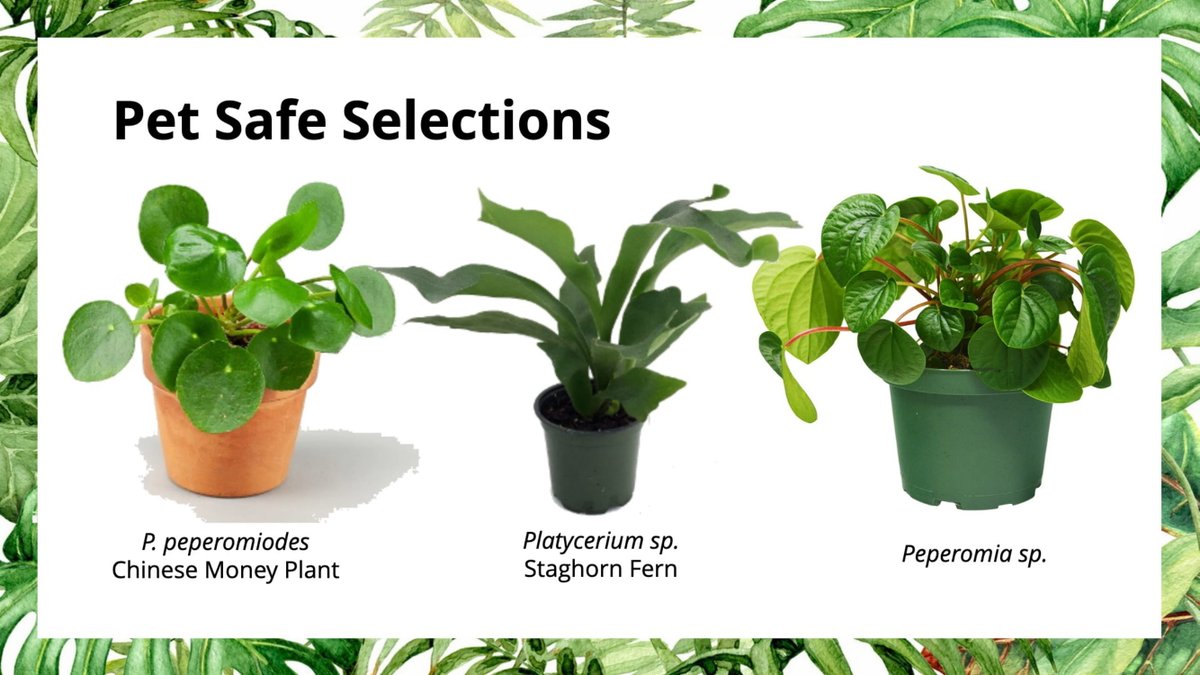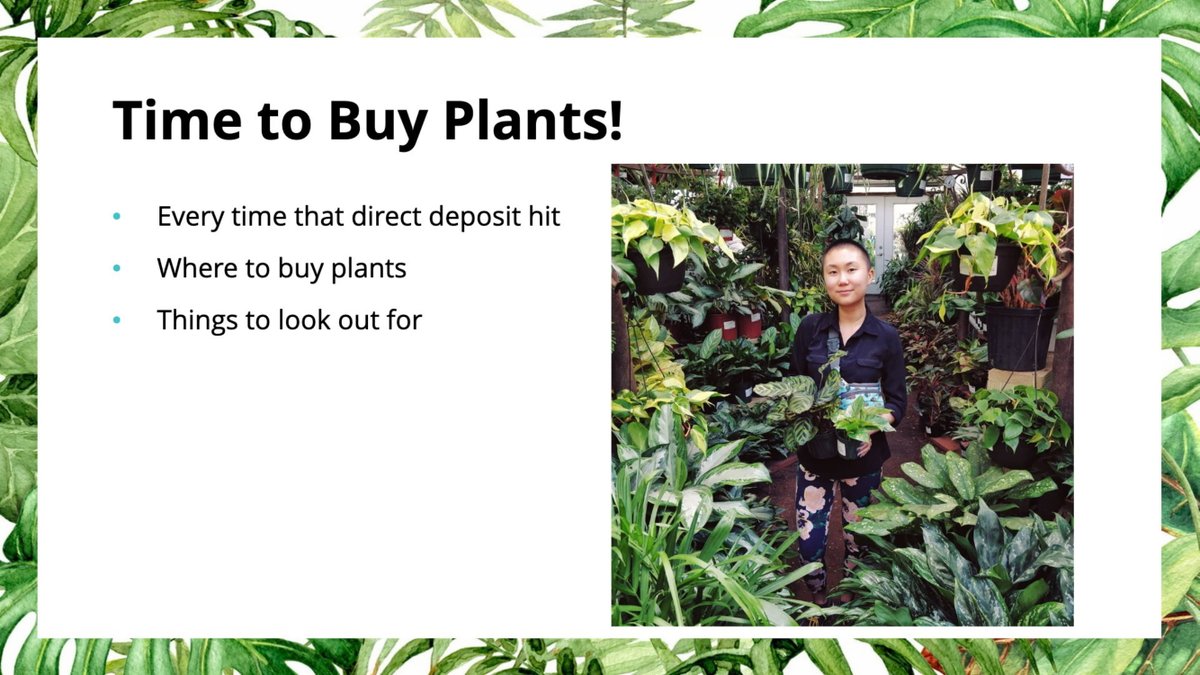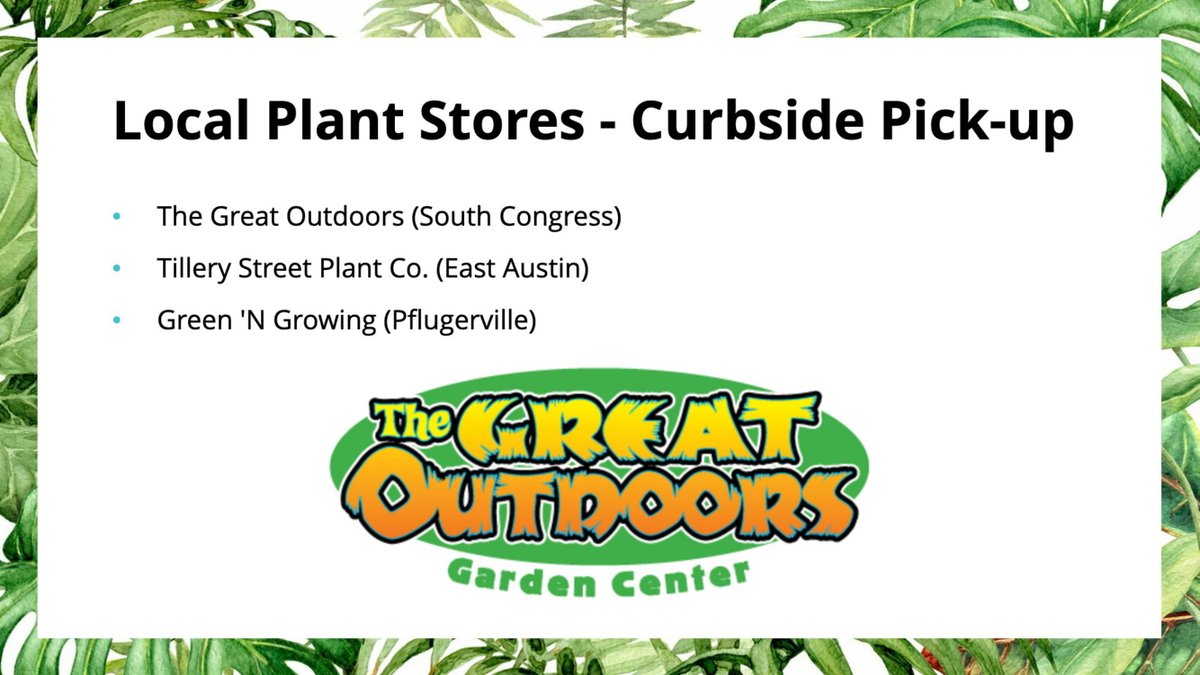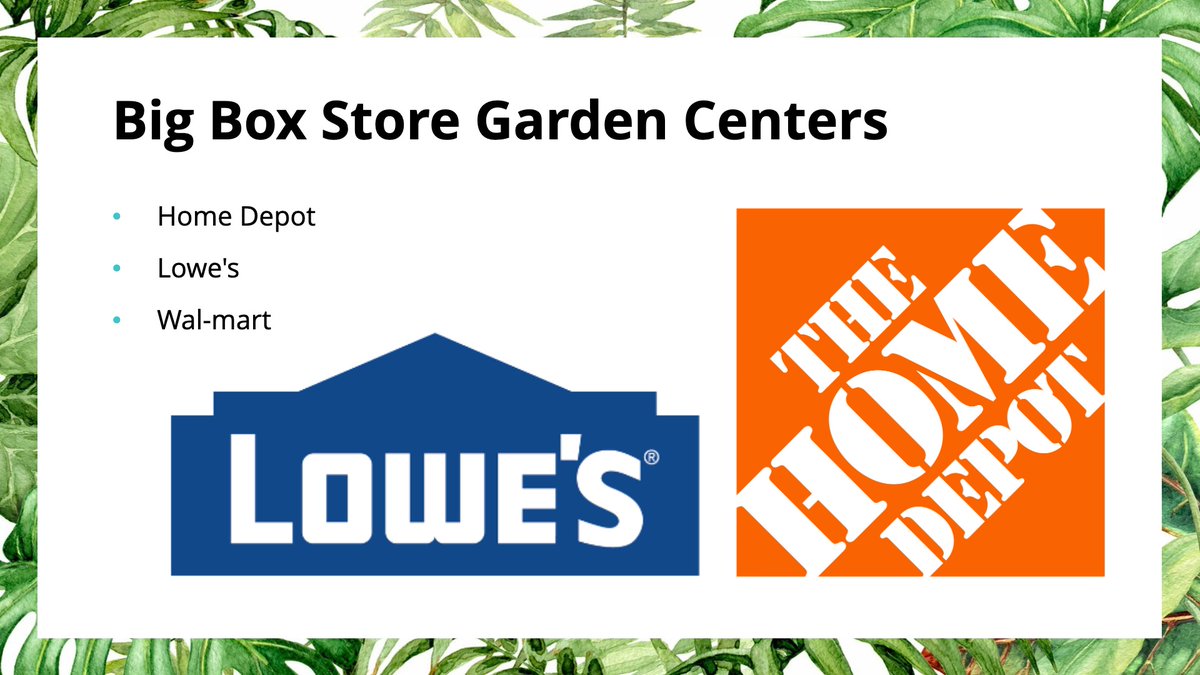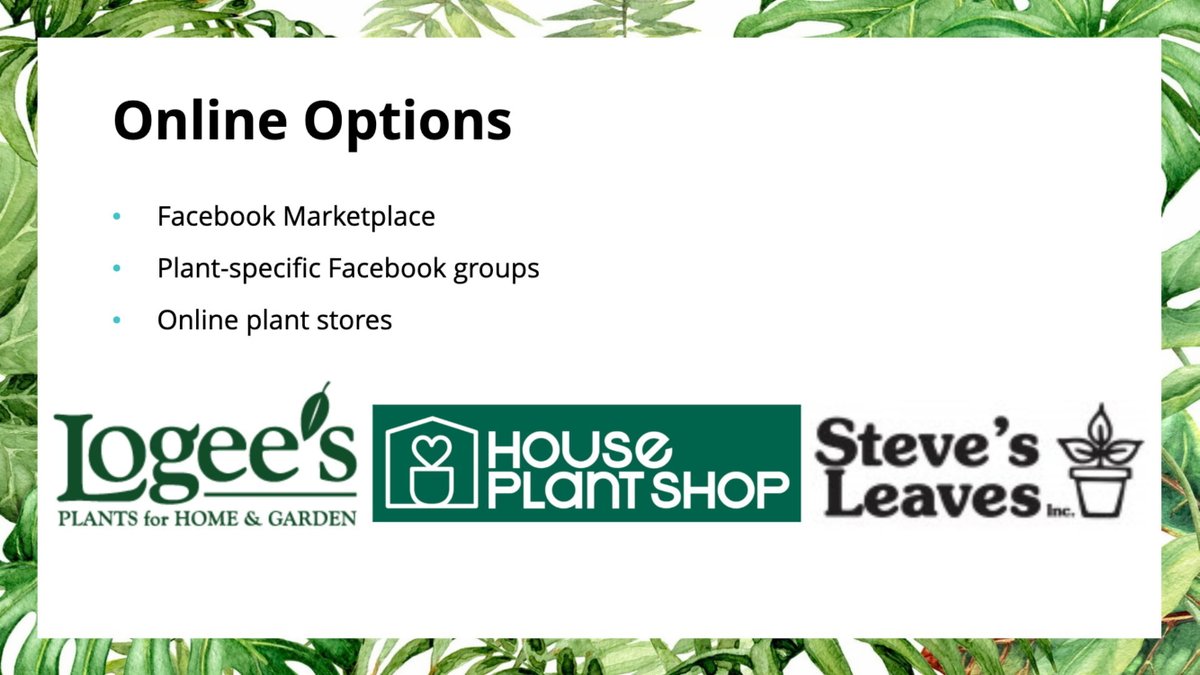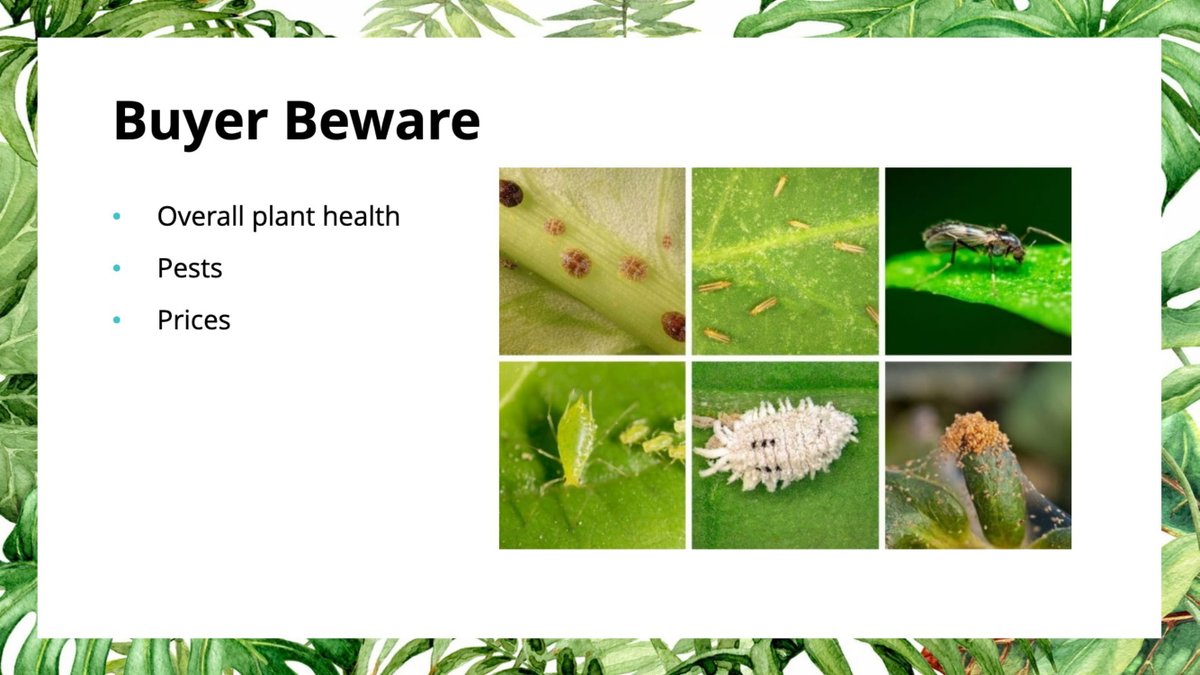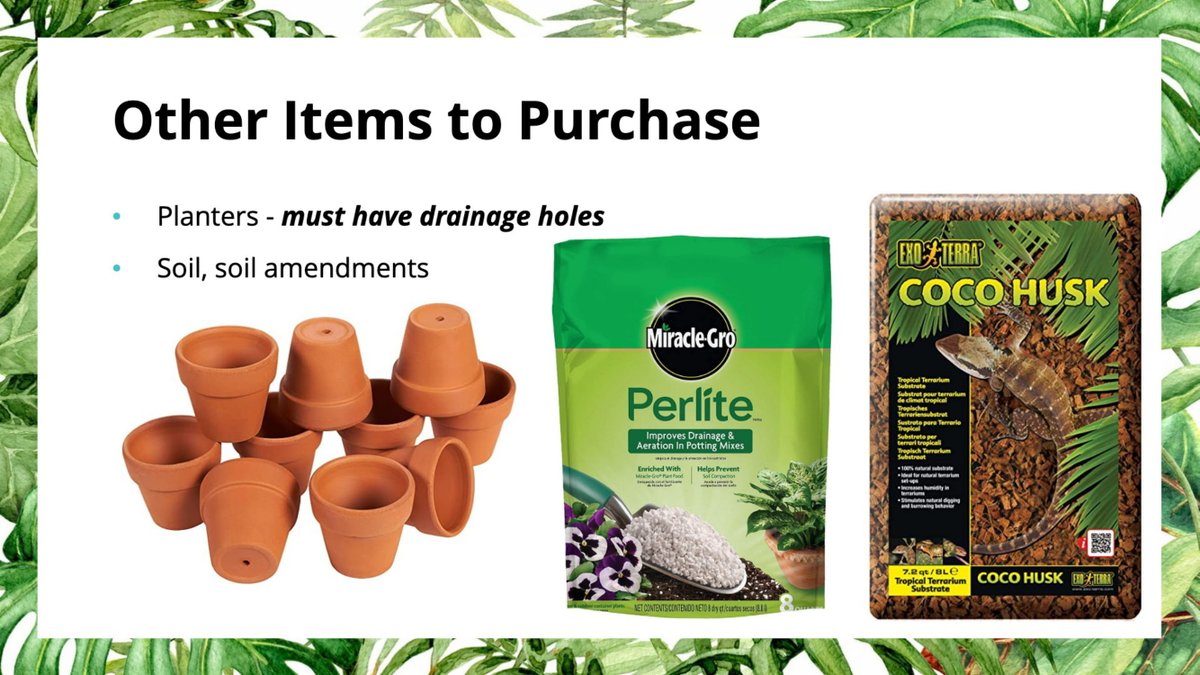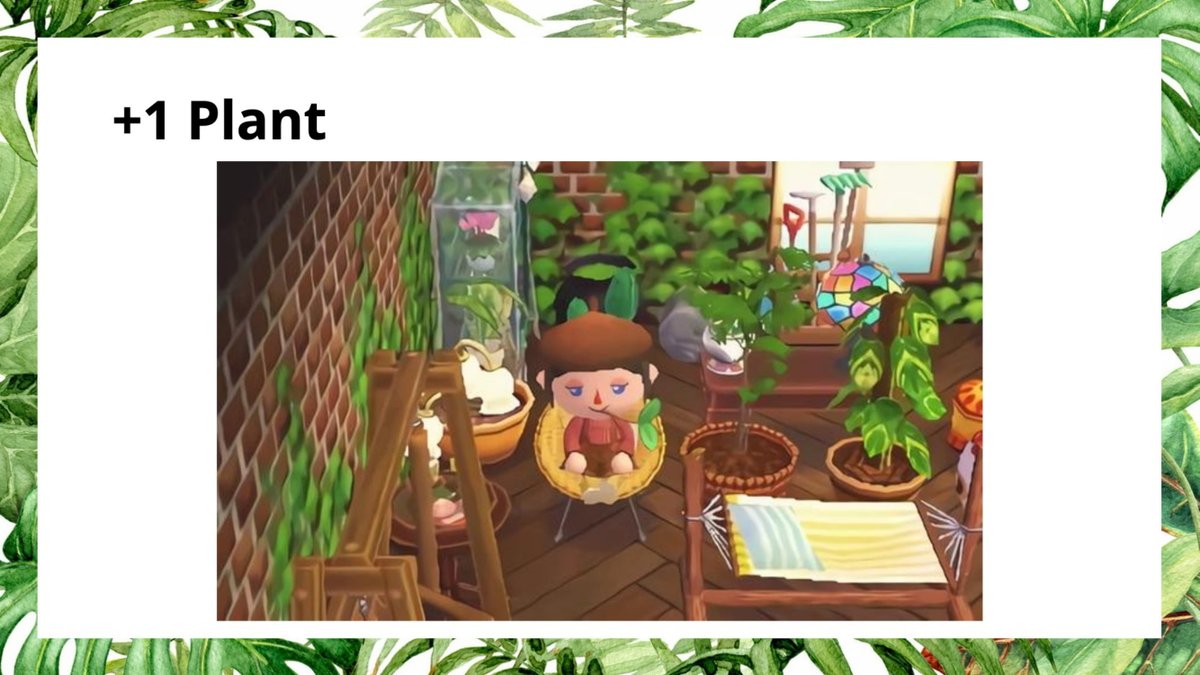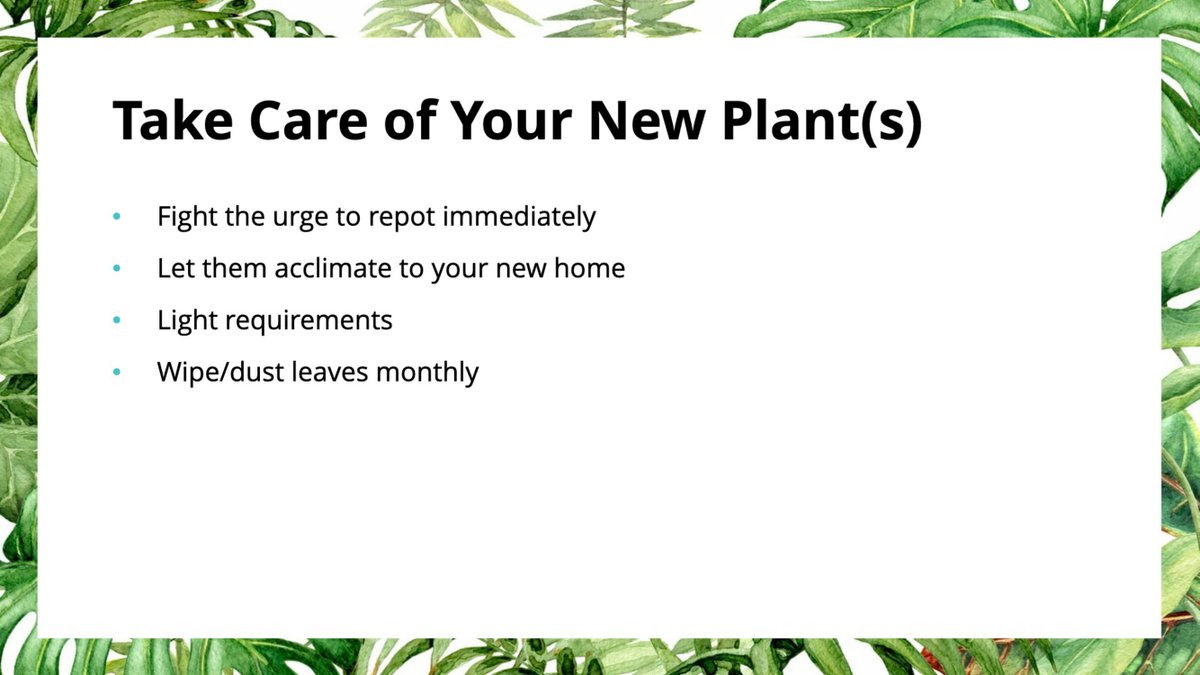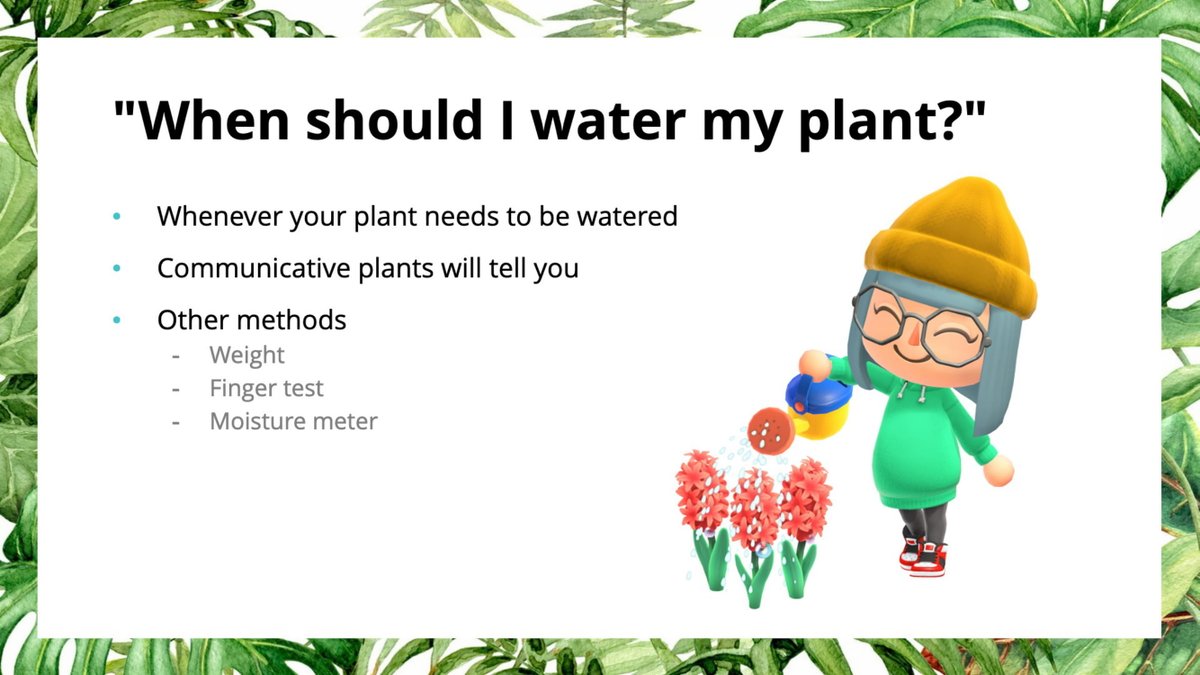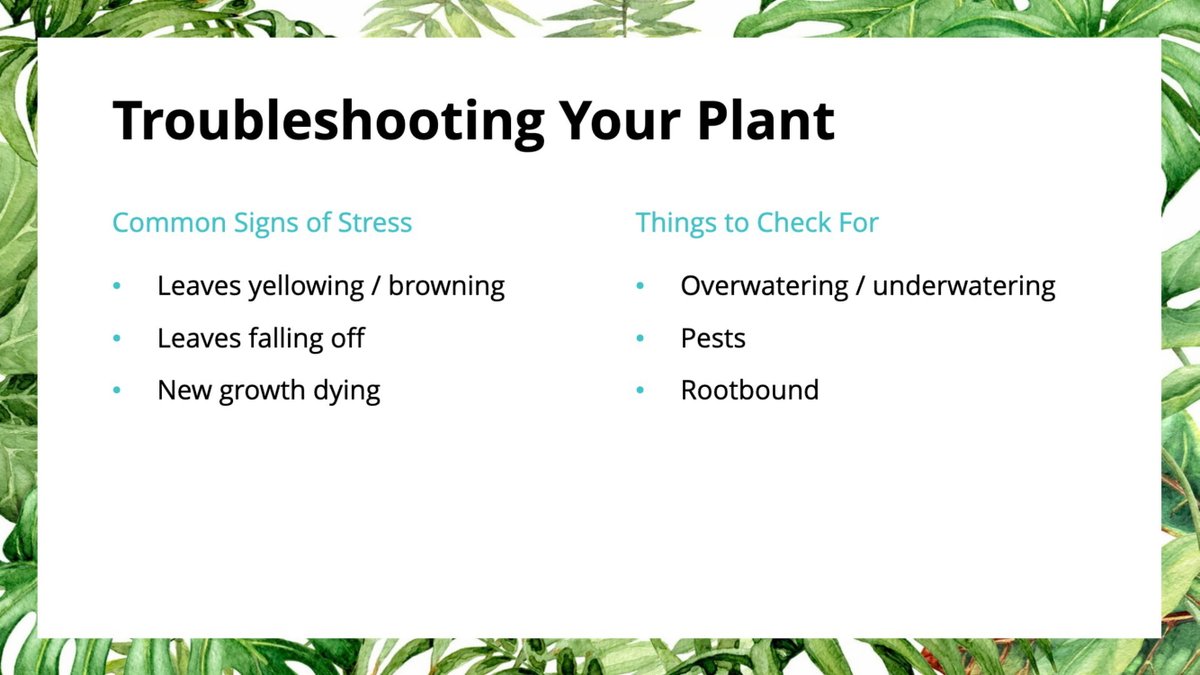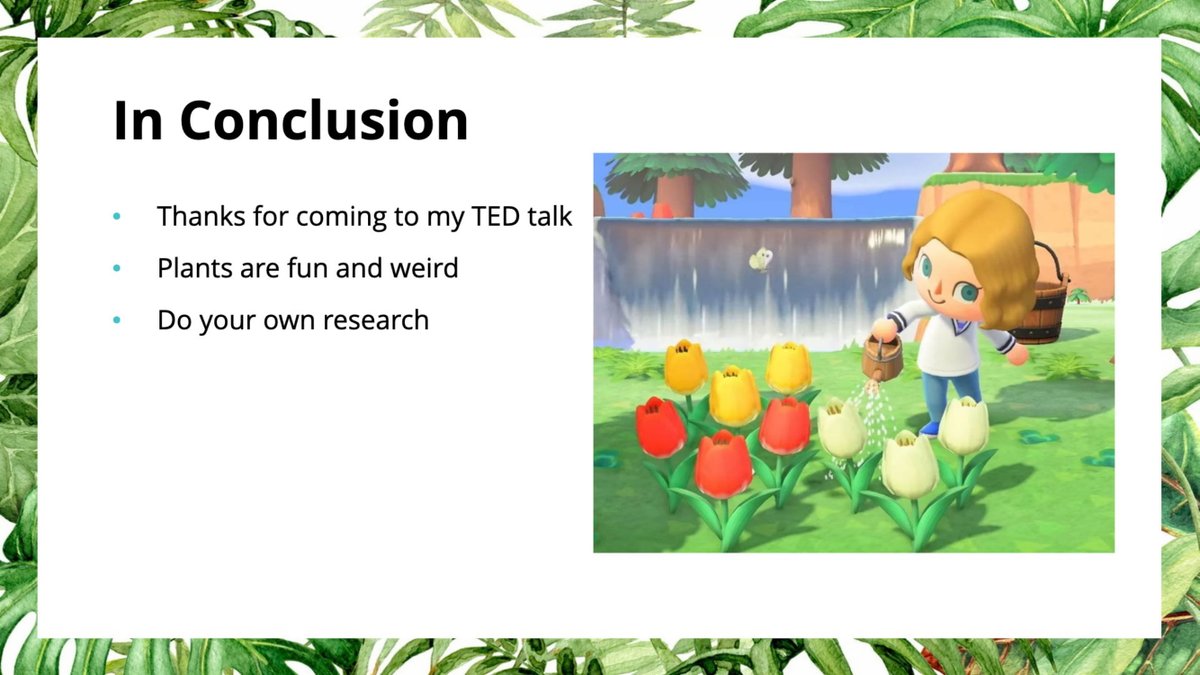Alright friends, we& #39;ll go ahead and get started now! Today& #39;s thread will cover an introduction to plant care: prerequisites in getting into plants, some recommended beginner plants, and how to keep them alive and make them thrive! 1/
#NationalIndoor
#NationalIndoor
So to start, I do not have any professional credentials, but have been able to have some plants thrive with my care indoors. These are just general guidelines and my own recommendations! And if you want a good idea of everything that we& #39;ll cover, take a look at the Outline
If you need any convincing on why you should add plants in your life, this is for you! Plants can help regulate humidity and air quality, while reducing stress, leading to a healthier lifestyle!
Of course if you were already interested in plants... let& #39;s continue 3/
Of course if you were already interested in plants... let& #39;s continue 3/
Prerequisites.
Plants, just like any other organism, needs an environment to thrive in. Before you purchase plants, ask yourself if your living space has enough light for the plants to thrive in. This is going to help determine what plants you should get 4/
Plants, just like any other organism, needs an environment to thrive in. Before you purchase plants, ask yourself if your living space has enough light for the plants to thrive in. This is going to help determine what plants you should get 4/
Some tests that you can do tosee if there is enough light:
1. Put your head where the plant would be; can you see the sky?
2. Can you read a (paper) book comfortably without additional light in the area?
Hopefully, the answer to the above questions would be yes! 5/
1. Put your head where the plant would be; can you see the sky?
2. Can you read a (paper) book comfortably without additional light in the area?
Hopefully, the answer to the above questions would be yes! 5/
Another Prerequisite is pets. Before welcoming some new green friends, we want to make sure our own furbabies and petchildren won& #39;t be harms way. There are many houseplants that are toxic to cats, dogs, and horses if ingested, so check out ASPCA& #39;s list of toxic plants 6/
There are a variety of ways to prevent your pets from eating your plants. You can simply place them in a place where the pet will not reach (eg. hanging them from the ceiling), and I& #39;ve heard of people training their pets with a spray bottle. 7/
Now that we have a good idea of what we need prior to getting started, let& #39;s get started on getting started.
The 3 basic things plants need are going to be:
Light
Soil & nutrients
Water
I& #39;ll discuss light, soil, and nutrients right now, and water will be discussed later 8/
The 3 basic things plants need are going to be:
Light
Soil & nutrients
Water
I& #39;ll discuss light, soil, and nutrients right now, and water will be discussed later 8/
Plants produce their energy from light, so it is a definite must! Different plants require different amounts of light; eg. a vine that is native to forest floors will require a much lower amount of light than a succulent that is native to shadless deserts 9/
Some plants are marketed as "low light," which I hate. It doesn& #39;t mean that these plants actually thrive in low light. These are relatively hardy plants that can TOLERATE low light, but will need medium/bright light to thrive. Compare it to calling a small dog "low food" 10/
If you& #39;re afraid that your current indoor environment does not have enough light, there are ways to supplement. For example, you can invest in some LED grow lights, or leave some lamps/overhead lights on during the day. 11/
This might not be extremely important when you are first getting into plants since you will most likely be purchasing plants that are well-rooted and potted in soil. But it& #39;s still important to understand the purpose the soil serves and how we feed our plants 12/
Different plants have different soil requirements; some need more drainage while others benefit from being constantly soaked. For the most part, all plants can benefit from a soil that is WELL-DRAINING since most plants will get root rot and die from over watering 13/
Most commercial soils have fertilizers already mixed in, so there usually is not a need to purchase additional fertilizer, but it is good to have some on hand for periodic feeding when you& #39;ve had your plants for a while 14/
Let& #39;s start talking about what plants would fit your home.
These are some characteristics of good beginner plants to buy. Plants that would be tolerant of a variety of conditions (temperature, humidity, light..), they are hardy or forgiving... 15/
These are some characteristics of good beginner plants to buy. Plants that would be tolerant of a variety of conditions (temperature, humidity, light..), they are hardy or forgiving... 15/
...they are rewarding by being relatively fast-growing, and they aren& #39;t expensive, so they won& #39;t break the bank when you& #39;re getting started! 16/
There is some sort of preconception that the easiest plants to care for are those that don& #39;t need (much) care. While there are some plants that can thrive off neglect, I don& #39;t like recommending these plants because they don& #39;t allow you to learn proper plant care skills 17/
The plants pictured above are snake plant, succulents, and zz plant. Despite marketed as "easy," they are very untolerant of overwatering and have other sets of needs - another reason why I don& #39;t recommend them as someone& #39;s first plants 18/
In my opinion, the easiest plants to care for are those that communicate to you their needs. Pictured below is a great example of a plant that is communicating. On the left, my Scindapsus pictus/Satin pothos was telling me it was thirsty, by showing limp curled leaves 19/
On the right, it& #39;s the same plant after a good water, leaves perked back up!
This is just one example of how a plant communicates, but is one of the most common ones where the lack of hydraulic pressure changes their physical appearance to signal that they need water 20/
This is just one example of how a plant communicates, but is one of the most common ones where the lack of hydraulic pressure changes their physical appearance to signal that they need water 20/
There are some other plants that more or less follow this type of communication, and have the characteristics that I listed earlier!
Pothos varieties: Golden, SIlver/Satin, Neon
Monstera varieties: M. deliciosa, M. adansonii
21/
Pothos varieties: Golden, SIlver/Satin, Neon
Monstera varieties: M. deliciosa, M. adansonii
21/
(Note - Monstera can grow in low light but to have them keep pushing out fenestrated leaves, they will need quite bright light. They also benefit from having something to climb up, since that& #39;s how they are usually in their native habitats!) 22/
The above plant recommendations are unfortunately not safe for pets, so I& #39;ve listed some here!
P. peperomiodes or chinese Money Plant
Platycerium sp. or Staghorn Fern
Peperomia sp. (the one pictured is Peperomia & #39;Rana Verde& #39;) 23/
P. peperomiodes or chinese Money Plant
Platycerium sp. or Staghorn Fern
Peperomia sp. (the one pictured is Peperomia & #39;Rana Verde& #39;) 23/
Ok so now we& #39;ve identified what we have to do and even have some good plants for adopting. It& #39;s time to spend some money! 24/
For my Austin, Texas friends, these are some local plant stores that I visit, and a few months ago, they had curbside pick-up available! I believe most of them have reopened with limitations. Check them out! 25/
Of course, there are the garden centers at the big box stores, like Home Depot, Lowe& #39;s and Walmart. Their prices are low, but as a big corporation they will not put in as much care to make the plants as happy as they can be, so be careful when shopping! 26/
And in the digital age, there are of course online options. I suggest looking at the Marketplace and plant-specific groups on Facebook, where you can find local sellers who usually have good prices 27/
There are also online plant stores that you can check out. I recommend Logee& #39;s, The Houseplant Shop, and Steve& #39;s Leaves. (I personally shopped at The Houseplant Shop and Steve& #39;s Leaves; Logee& #39;s constantly has my wishlist plants sold out before I can pay) 28/
Some things to be careful of prior to purchasing the plant, especially if you are looking at them at a store. Examine the plant& #39;s health, and check the leaves and soil for creepy crawlies. (Some pests are actually good but when you& #39;re a beginner it& #39;s best to stay safe) 29/
You can check online and cross reference prices for the same plants to understand what a fair price for a particular plant is. Make sure some random seller on Facebook or Craigslist isn& #39;t scamming you! 30/
While you& #39;re at a big box store or your local plant store, here are some recommended items to pick up:
Planters THAT MUST HAVE DRAINAGE HOLES! the number one killer of houseplants is overwatering and/or root rot, which could be remedied by having the pot drain! 31/
Planters THAT MUST HAVE DRAINAGE HOLES! the number one killer of houseplants is overwatering and/or root rot, which could be remedied by having the pot drain! 31/
I recommend purchasing some soil amendments when you purchase a commercial soil mix. You can increase the drainage of your soil, which helps prevent soggy unhappy roots! You can get perlite at most garden centers, and coco husk chips at pet stores that sell reptile goods 32/
Okay now you have a plant! Congratulations! I& #39;m very proud and happy for you! Let& #39;s learn more about how to take care of your new friend :) 33/
First! Fight the urge to repot your plant. I know it& #39;s very tempting, especially if you& #39;ve also purchased some new pretty planters that are... but repotting a plant is really stressful! Like how moving from one place to another is tiring! Let them be for a little bit... 34/
...and allow them to acclimate to the native conditions of your home. When you purchase a plant you remove it from a location where it was receiving optimal conditions in order to sell. Put them in a place with right conditions for the plant in your home 35/
Every month, take a wet towel and wipe down the leaves. Remove dust and do a check-up for pests. Leaves are like solar panels - if there is dirt on them, it won& #39;t operate at full potential. Outdoors, rain does this naturally, but in our homes we& #39;ll need to put in some effort 36/
AND FINALLY, we& #39;re getting to your burning question, "When should I water my plant?"
The answer is: Whenever your plant needs to be watered
38/
The answer is: Whenever your plant needs to be watered
38/
If you have a communicative plant, it will give off signs, like showing that it is rather wilty by curling its leaves and drooping. Other methods include lifting up the planter to see how heavy it is, if it feels light, it usually means it needs some water 39/
You can do a "finger test" by putting your finger 2-3 inches into the soil, and seeing if the soil feels wet or dry. If it feels dry, it could be time to water. Commercial moisture meters are available for purchase and do a similar thing 40/
Sometimes, plants are going to be a lil difficult! Luckily, you can troubleshoot your plant by identifying the signs and check on specific things. Common signs of stress are leaves yellowing/browning, leaves following off, and new growth dying shortly after being pushed out 41/
Yellowing leaves is a sign of overwatering or underwatering (you decide which one!) Check the underside of leaves and the stems for signs of pests who are sucking the life out of your plant 42/
When new growth dies off too quickly, it& #39;s a sign of being rootbound. There& #39;s nowhere for the roots to grow and expand, so it becomes stressed. Gently pull out the plant from the planter and check if it& #39;s time to pot up 43/
And that wraps up this thread! Thanks so much for reading! Plants are very cool creatures and it& #39;s a super large topic. Today we only covered basics for indoor plants, but there are lots of other ways you can expand into this hobby, like outdoor landscaping and/or gardening! 44/
I highly recommend that you do your own research to learn what will fit your lifestyle and environment the best! This is just a starting point to get you going in the right direction. I hope you were able to learn from this :) 45/

 Read on Twitter
Read on Twitter